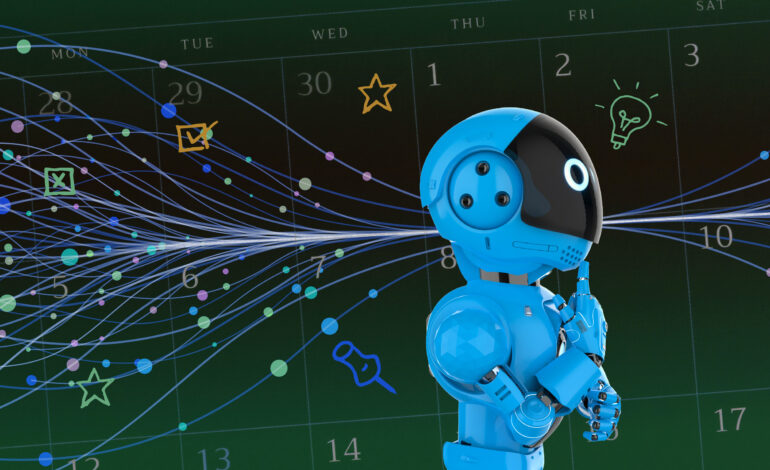MIT Researchers Develop Method for Language Models to Learn

A team of researchers at the Massachusetts Institute of Technology (MIT) has developed a groundbreaking approach that allows large language models (LLMs) to permanently absorb new knowledge. Traditionally, once an LLM is deployed, its internal structure remains static, meaning it cannot adapt to new information provided by users. This limitation has hindered the potential of LLMs in dynamic environments where continual learning is essential.
The innovative framework, named SEAL (Self-Adapting LLMs), enables these models to generate study materials from user inputs, mimicking the way humans take notes and revise information. This method allows the LLM to update its internal parameters based on new knowledge, significantly enhancing its ability to perform tasks such as question answering and pattern recognition.
How SEAL Works
The process begins with the LLM generating multiple self-edits based on a single input. Similar to how students might create revised notes, the model rewrites and summarizes the information, generating synthetic data. It then tests each version to determine which edit enhances its performance the most, adopting a trial-and-error approach known as reinforcement learning. This methodology has shown remarkable results, improving the accuracy of LLMs by nearly 15 percent on question-answering tasks and boosting success rates on certain skill-learning tasks by more than 50 percent.
According to Jyothish Pari, an MIT graduate student and co-lead author of the research, “Just like humans, complex AI systems can’t remain static for their entire lifetimes. These LLMs are constantly facing new inputs from users, and we aim to create a model that is more human-like — one that can keep improving itself.” Co-lead author Adam Zweiger, an undergraduate at MIT, emphasizes the importance of allowing LLMs to determine their learning processes. “As humans, we know how we learn best. We want to grant that same ability to large language models,” he stated.
Addressing Limitations and Future Prospects
Despite its advancements, the SEAL framework is not without challenges. One significant issue is known as catastrophic forgetting, where the model’s performance on previous tasks deteriorates as it adapits to new information. The team plans to address this limitation in future research. They also envision applying the SEAL technique in multi-agent environments, where several LLMs could collaborate and enhance each other’s learning.
This research will be presented at the Conference on Neural Information Processing Systems, showcasing its potential impact on the field of artificial intelligence. The work has received support from notable organizations, including the U.S. Army Research Office and the U.S. Air Force AI Accelerator.
In summary, MIT’s SEAL framework represents a significant leap toward creating adaptive AI systems capable of learning continuously. As these technologies evolve, they hold the promise of transforming how artificial intelligence interacts with the world and advances scientific research.






